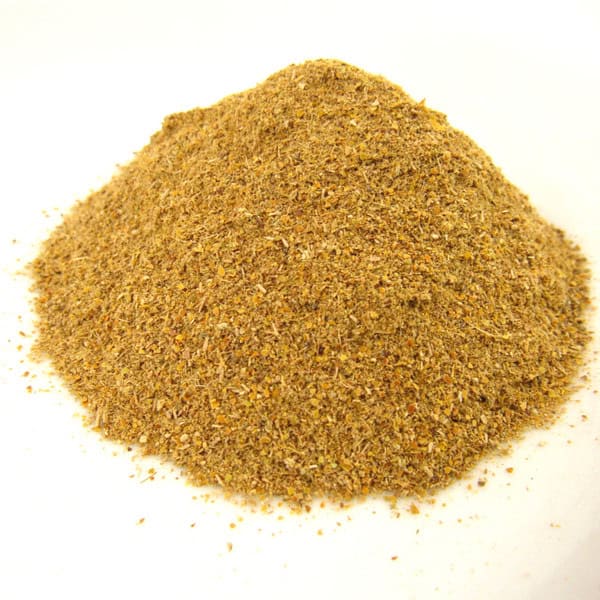This week: Expanding color profiles with Symplocos and “aluminum potassium sulfate?”
Every week, we are emailed with questions from our natural dye community asking simple and complex questions that we thought might be worth sharing. Of course, all of your burning questions are answered by natural dyer in chief, Kathy Hattori, Founder of Botanical Colors.
I have used the Symplocos mordant as per the Bebali Foundation Instruction sheet and it worked great. I am now wanting to expand into other color profiles and I am wondering if you think it would be possible to replace the oak galls in the Bebali recipe with tannic acid? I intend to use it to mordant cellulose fabric and I basically want to use a traditional tannin then alum mordant but replace the alum with Symplocos. Would be great to get a second opinion!
According to the Bebali Foundation, the cellulose mordant procedure includes a Turkey Red oil step prior to tannin, but I have not followed this recipe before using the oil. I think you can use tannic acid as a substitute for the tannin step and then use Symplocos as the alum replacement without a problem. Why don’t you give it a try and let us know how it turns out?
I was going to order the aluminum sulfate, but wasn’t sure if it was aluminum POTASSIUM sulfate, or just aluminum sulfate. In the “mordanting” section there is a link that says “aluminum potassium sulfate” that takes you to the aluminum sulfate page. From what I’ve gathered, the two are slightly different, aluminum potassium sulfate creating slightly clearer brighter colors. Would love more information on this if you have it! I work mostly with silks and like to create bright, vibrant colors, so this is of interest to me. One of my teachers, the Dogwood Dyer is who helped me further understand the difference but there doesn’t seem to be much written about it. Most people think “alum” is one thing when it really refers to two or three different chemicals it seems.
We sell Aluminum Potassium Sulfate [KAl(SO4)2 12H2O], food grade, iron-free, and it looks like table salt. It creates very bright colors on protein fibers. I’ll add that as a definition to the product – thanks for asking about this! The aluminum sulfate that I’ve seen looks more like white quartz granules, sometimes with a creamy tinge, and does not look like table salt at all. That version provides a more muted color palette but it is really inexpensive. And finally, according to my new best reference, there is also Potassium Aluminum Sulfate, which is sometimes called “burnt alum”. It’s not really available here in the US.
Related:

